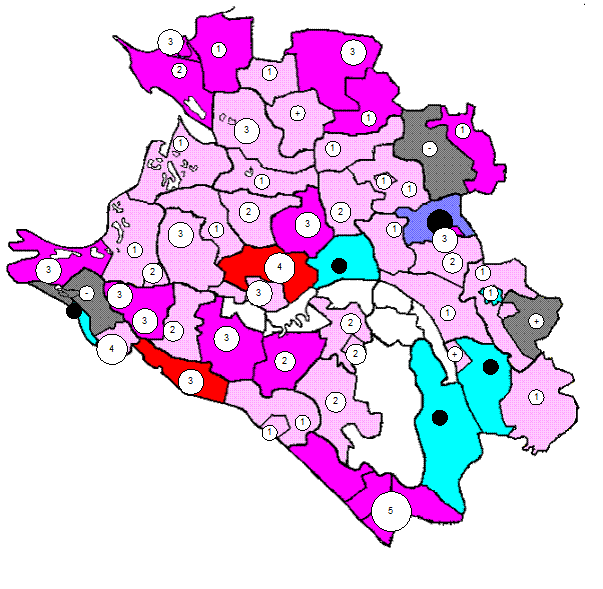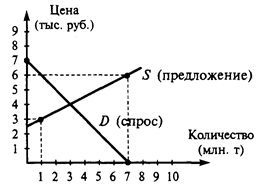Text A. How to take the case
When we become doctors, we should always remember the following things. As soon as the patient enters the consulting, or when we enter his room, observation should begin immediatly. We look for external signs and symptoms as long as the professional visit lasts. How do you begin the consultation with the patient? A first requirement is to develope a feeling of sympathy with the patient by your questions, your actions, your interest in him and his troubles. Select and choose your questions well to be adequate for the situation. Now when the patient begins to tell you his complaints, his sings and symptoms, and various diagnostic terms that have been given to his disease, you should carefully note what he is telling you. When the patient has finished his description, it is for you to make clear some points he did not give in detaile. Your questions must be understood by the patient well to get a meaningful answer. When questioning the patient your aim should be to make the patient feel free, so that he tells you everything. The patient must feel at his ease. Never hurry him, that is the worst thing you can do. When you record his symptoms, be sure to have the exact expressions used. Always ascertain the exact tegion in which the patient feels this or that. When the patient has finished his story, and you have ascertained some points, then is the time to make your physical examination. There again be very observant and note all the visible signs or symptoms in all the regions of the body. A good physical examination is important. First because only by knowing his physical impairments his past diseases, can you differentiate between Strang, rare and particular symptoms, and symptoms logically depending upon these results i. e. common symptoms. Secondly, a physical examinations is important to establish the prognosis of the case: sometimes without a physical examination you cannot say if something is malignant or benign. The prognosis may be very different. If there is a malignancy you need more time for the cure than with a benign case if cure is possible. Thirdly, a physical examinathion is important to establish an exact diagnosis. You might ask why is an exact diagnosis important? It is needes for the administration of a proper treatment. So you see now how to take the case: first let the patient tell you his symptoms. Secondly try to clear up indis — tinct things precisely by careful questioning. Thirdly make your physical examination.
|




